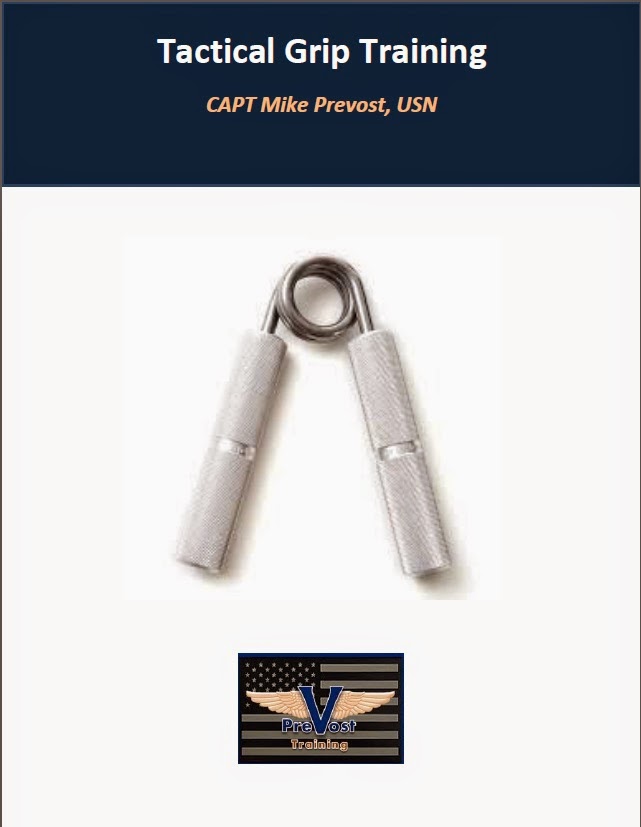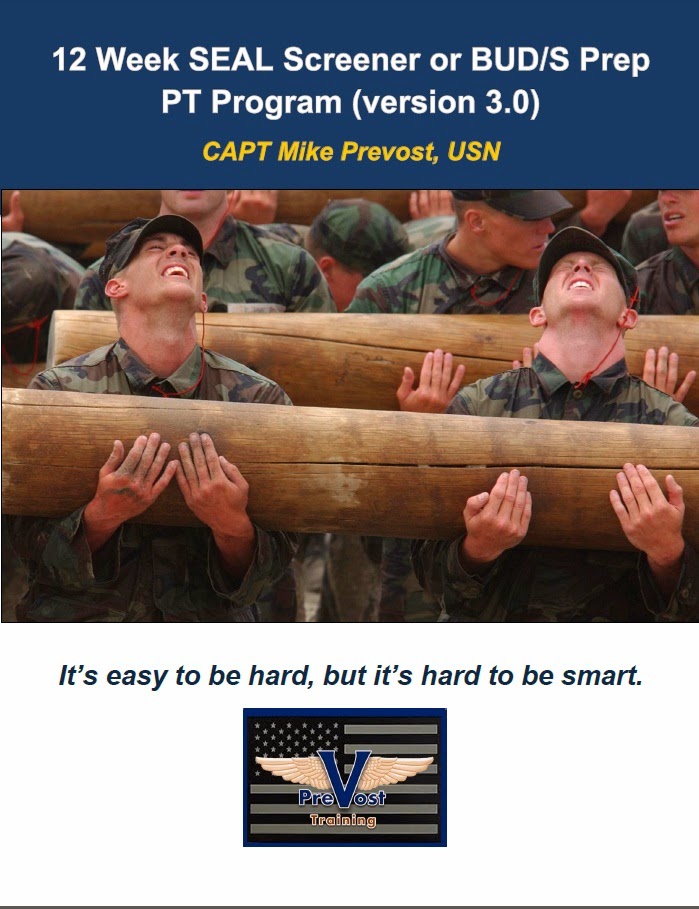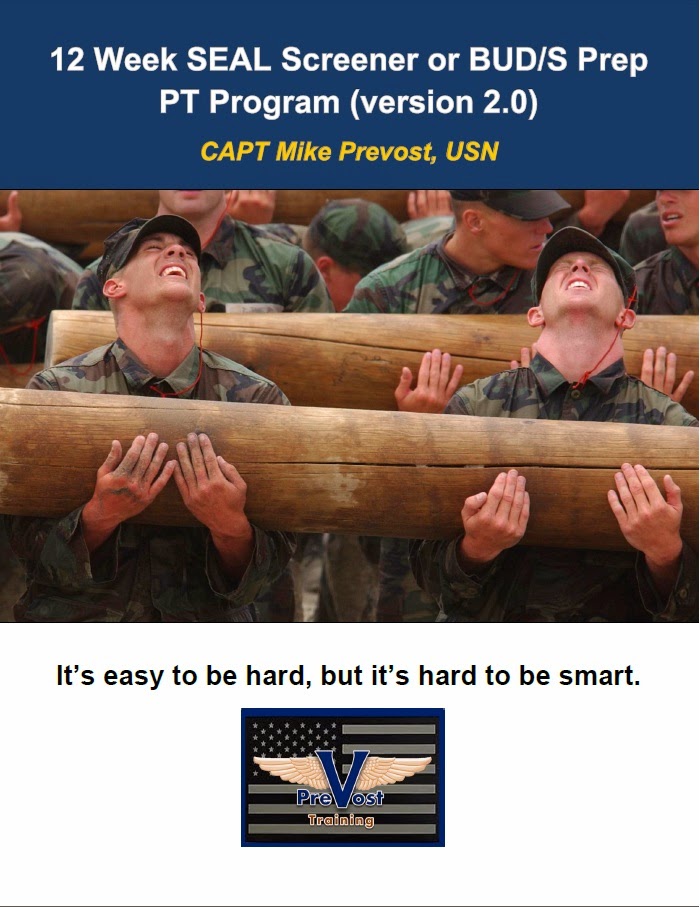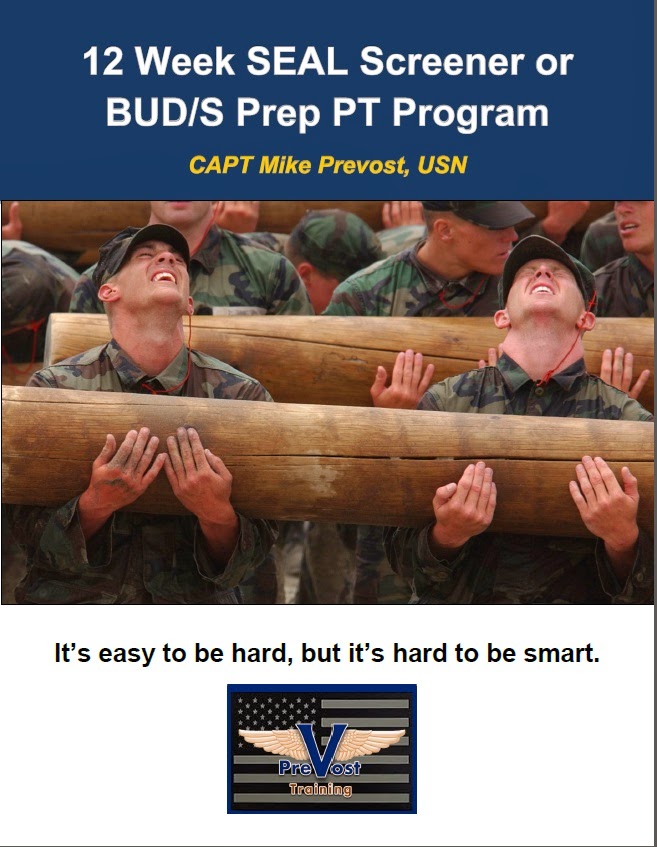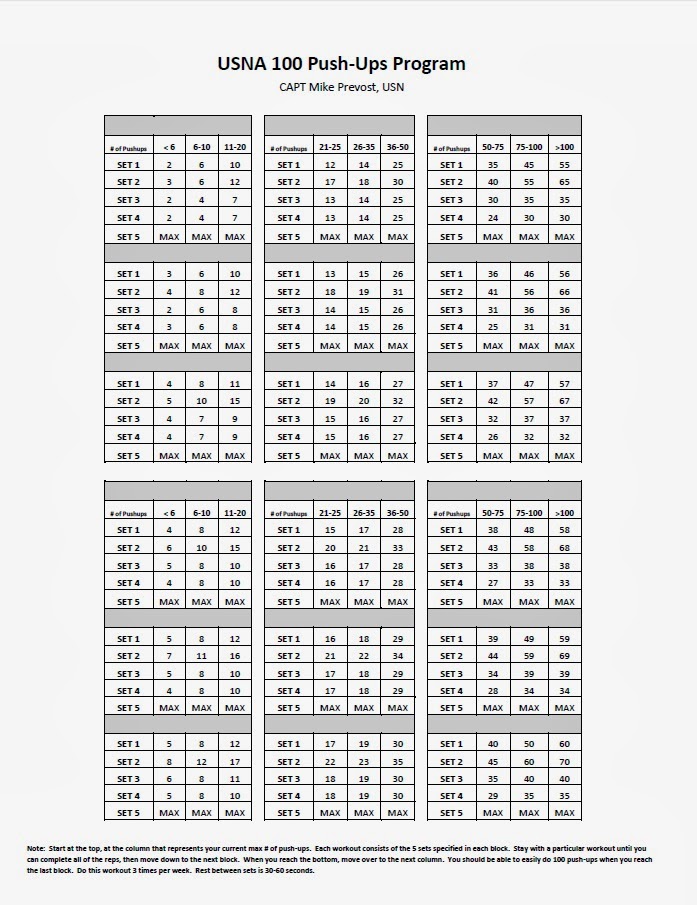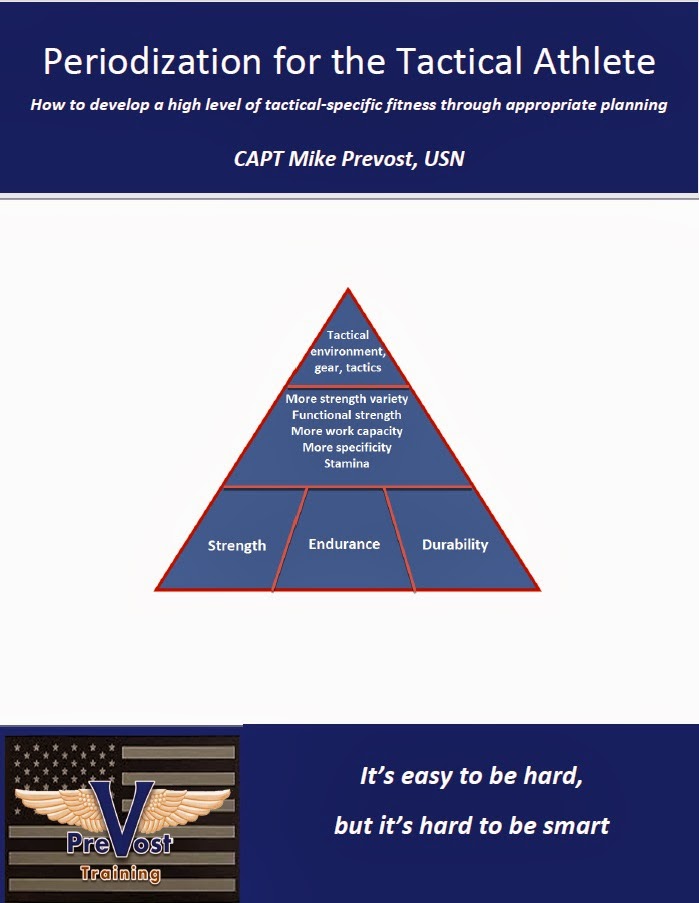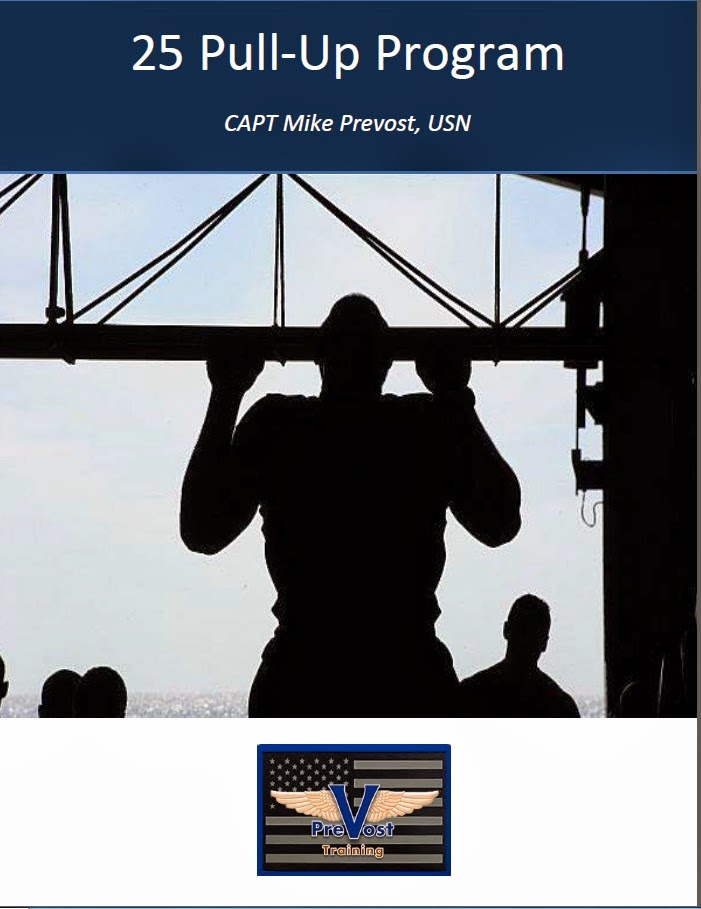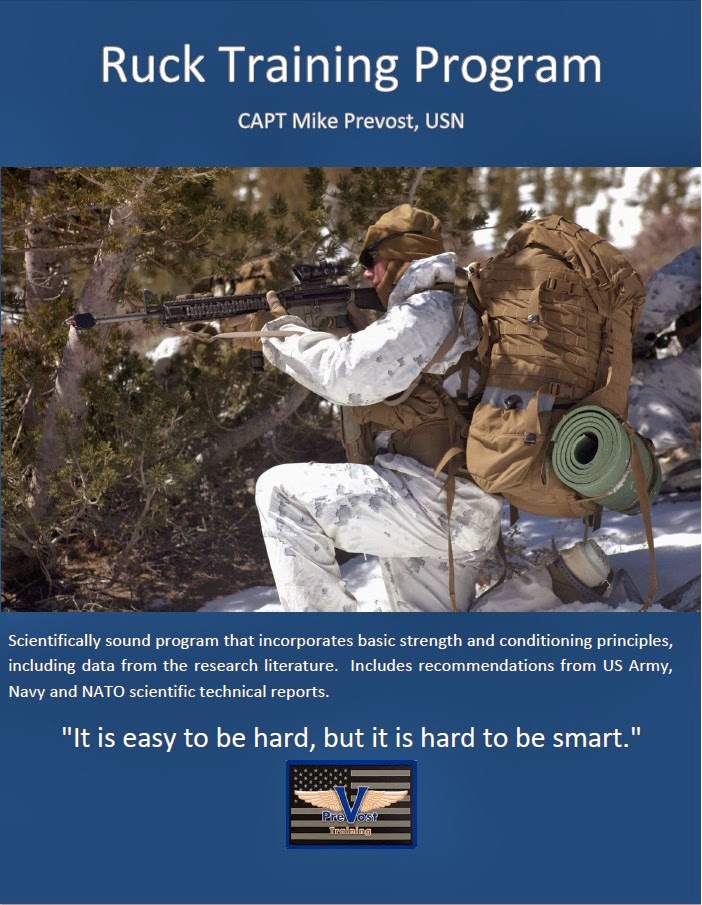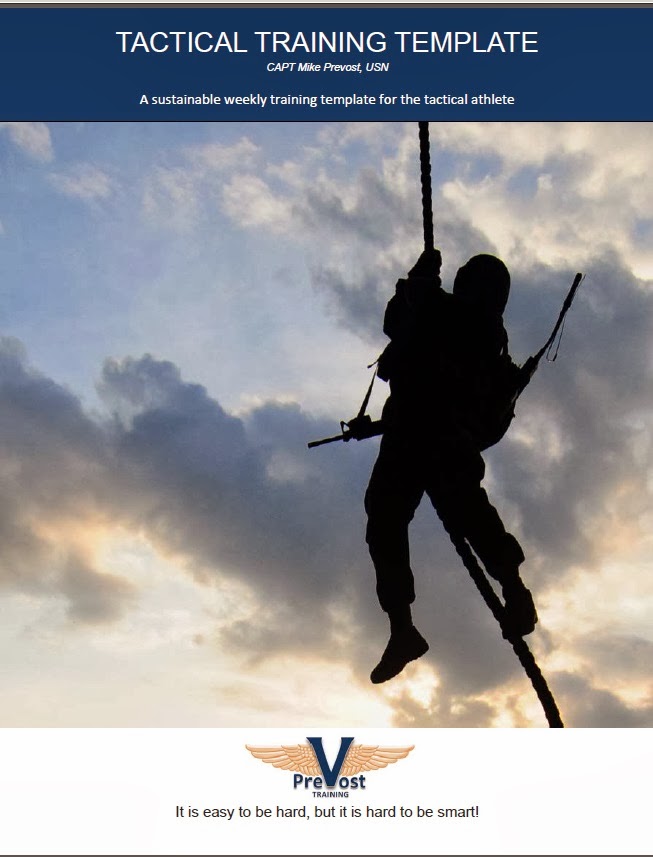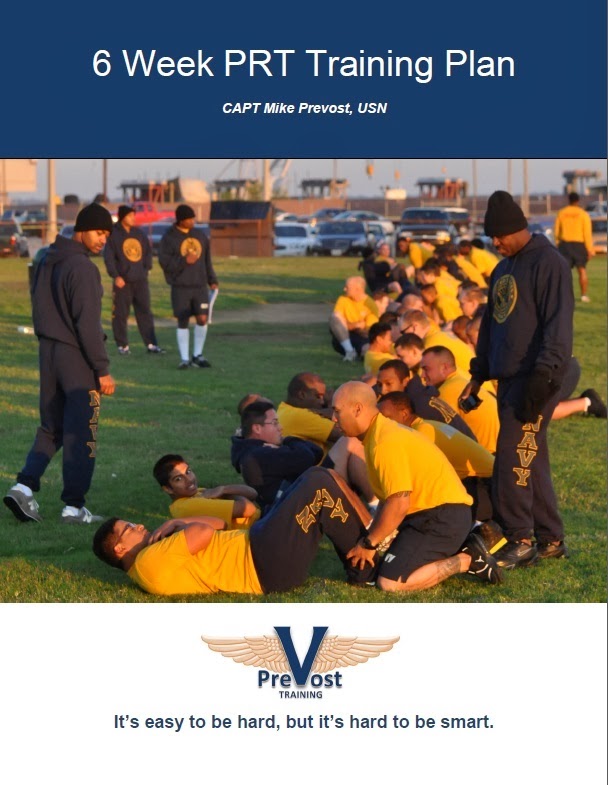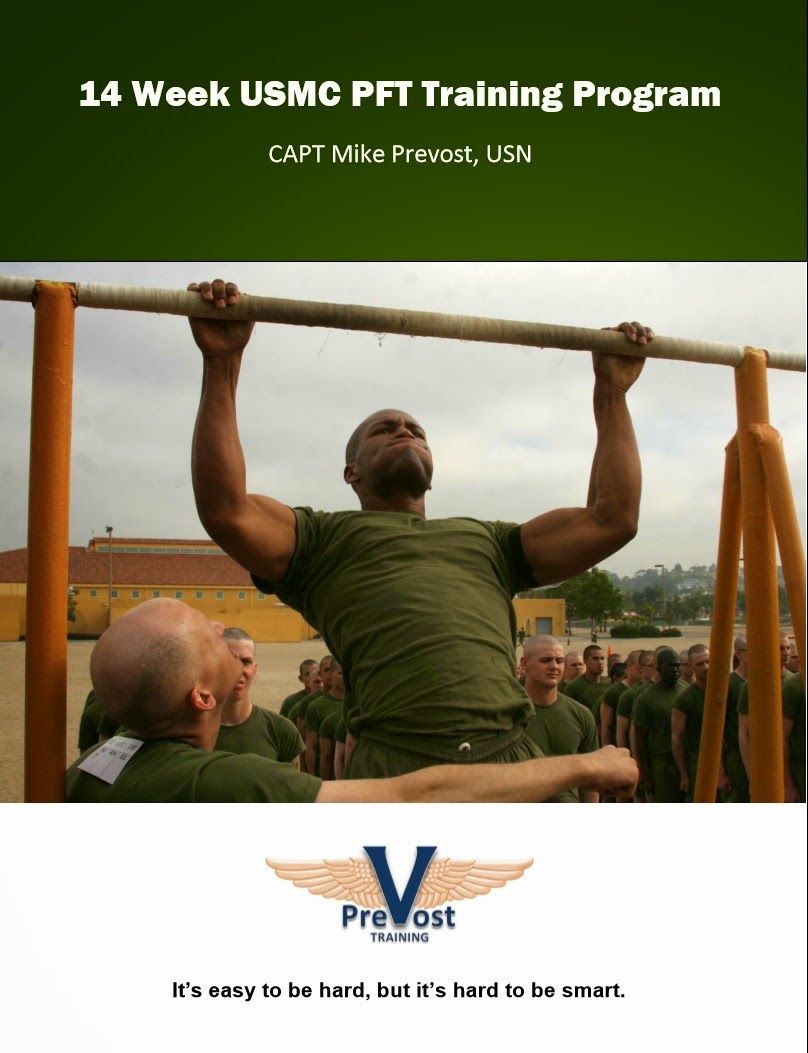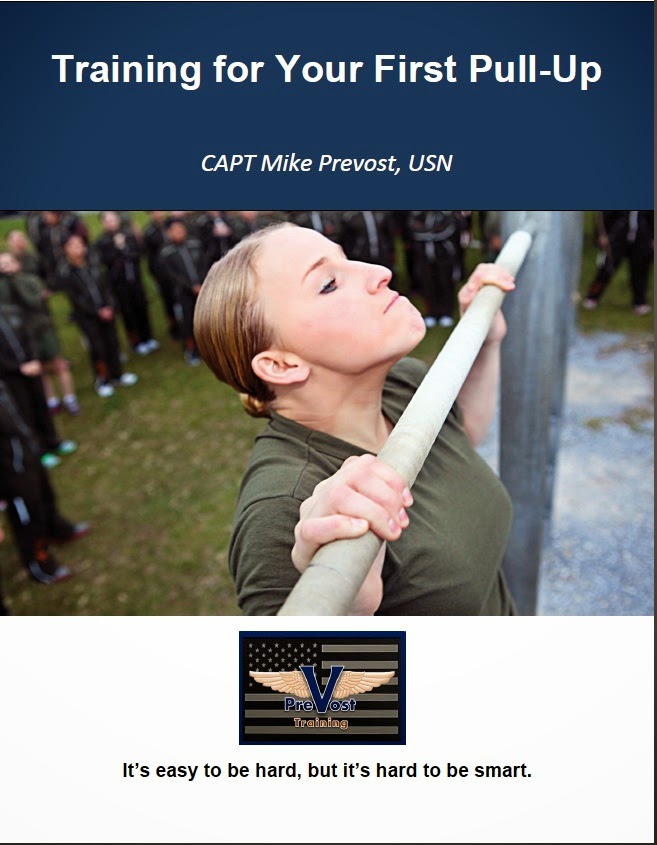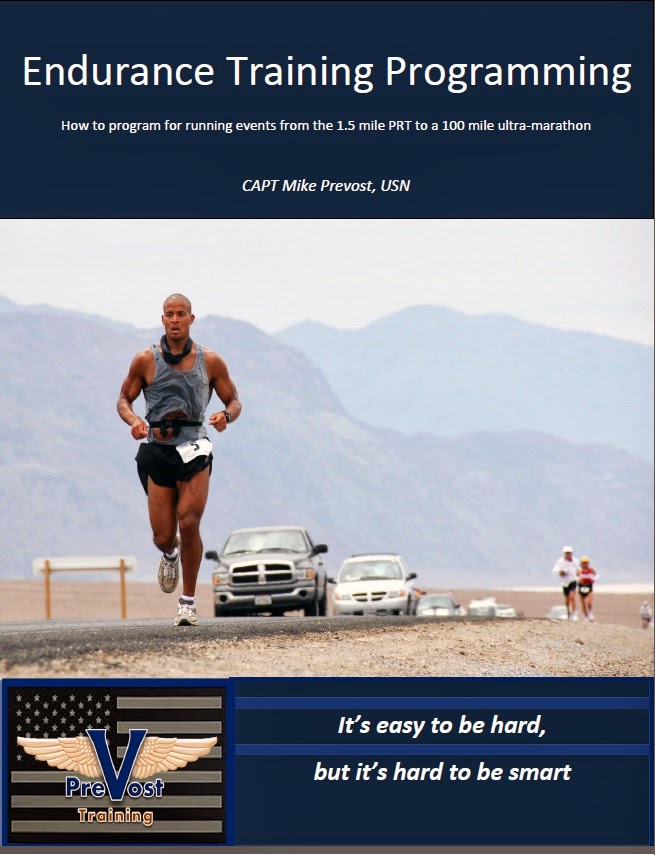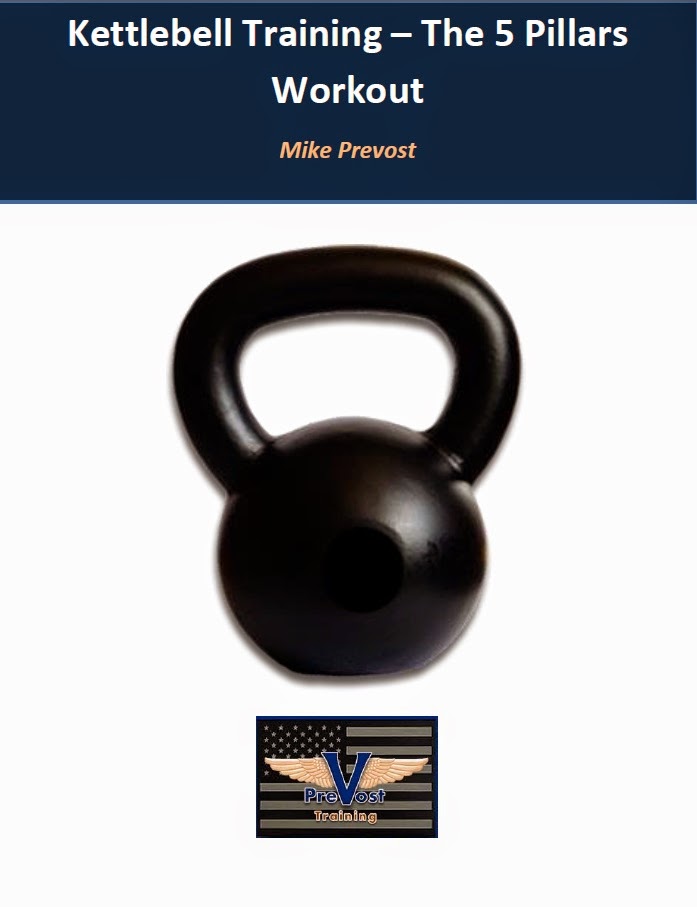I've never been huge. Ever. I doubt I'll ever get to anyone, even my own, standard of being huge. Puberty and genetics were depressing let-downs, leaving me at 5'10" and 147-157 lbs for a good chunk of my early adult years. That's a nearly-unfathomable disappointment to me considering my dad clocks in at 80 lbs bigger than my at an inch shorter. I was clearly let down by genetics and if I wanted to have the physique of an adult male, I'd have to do it myself. So, back in 2007, I started bulking up to 180 lbs. It took me most of the year (and I had to gain a lot of it back after a stomach bug I caught in Peru) to do it but I got there. This year, after my knee was back to 85%, I came to the inescapable conclusion that 200 lbs was were I wanted to be with my body.
I'm not going to go on about the details about how to do it again. I've done that several times in the past here. Plus, I'm doing this more for my own personal satisfaction than to prove a point like I was trying to do 7 years ago. Lastly, there are piles of articles all detailing how to train and eat to get big. I've got my little stack to the right. Despite all the writing about getting big, there are things about it that don't get written about very often, if at all. So, I decided to write down some thoughts and observations on the topic of gaining that I thought may be of some use to the reader should they ever partake in personal muscular expansion.
I did say muscular expansion...A time or two in the past I've been beaten down by people about how I suck at gaining mass since I don't gain much, don't gain very fast, and haven't gain much at all. By the time I'm done with this bulk, I'll have succeeded in gaining around 43 pounds of mass in the past 7 years, yet still just 2 bills in weight.
That's a sign of either ignorance or arrogance. I've been greeted by answers to the effect of, "dude, I gained 35 lbs in one summer," by arguably powerlifting's foremost gossip-hound/prima-donna. That one was arrogance getting in the way of good sense. One thing I've learned about manipulating body weight, be it fat loss or muscle gain, is that fast changes in the size of the body are never good. Fast gain is fat gain in the bulking game. I personally like to see a 1 lbs gain per week, at most. If I gain faster than that, then I'm certain I'm gaining fat. That's not my goal and I hope it's not yours.
Furthermore, weight gain isn't a function of training and body mass just happens. It requires eating. Lots of it. Any and all discussion about getting big must begin with food. It's never just exercise alone.
So, how do you I know when I'm gaining muscle?Since I've only made the decision to bulk twice in my life, I've not made any effort to buy anything to calculate body fat while I'm bulking. Instead, I go by my upper back, glutes and thighs. After all, I'm a guy and like most guys, I gain fat in the stomach area first. So, if my pants don't fit in the waist, I'm getting fat. If my pants don't fit in the ass or the thighs, I'm gaining muscle. Lately, I've pretty much grown out of medium t-shirts while relegating myself to cargo this and carpenter cut that.
This might be a good time to let you know that in addition to spending more money on food, you may want to make sure you've got some coin to invest in new clothes. I love clothes shopping as much as that time I feel outside the gym two months after surgery. Both are painful experiences. Which brings me to my next point...
This is never fun...most of the time it's uncomfortableTell any non-gym rat layman about how you're trying to gain some mass and you'll be greeted with some sort of, "must be nice.." , reply. Sure, it's a dream come true if your dreams are filled with aches and pains for months on end.
This is an uncomfortable process on all fronts that muscle gain is approached from. Listen to Clint Darden talk about gaining mass and he brings up force feeding frequently. I can relate. I've had times were I eat so much that I have to lay down on my RIGHT side to keep myself from throwing up (Your stomach curls to the right side of your body. By lying on the right side, food will settle farther away from your esophagus, lessening the desire to puke). A friend of mine who likely gains about as easily as I do relates to hating food after trying to bulk. I can sort of relate. Eating becomes a job that you have do if you want to gain. If you don't see it as a chore, and you're not gaining, you're not eating enough.
Of course, you're adding raw materials to your body to build tissue. If you're not doing enough hard work, you'll just end up fat. Too often I see anemic workloads coupled with heavy eating. Then people wonder why they're fat. You've got to train your ass off if you're going to climb up over 4,000 calories a day and not get fat. Remember I mentioned glutes, quads and upper back? Yeah, those are going to be getting bigger (if you're gaining correctly) and correspondingly SORE.
So, I've just elucidated you to many of the negatives to gaining mass. It's not the fun timed mouth-stretching eating free-for-all with lots of lifting that people make it out to be. It's got side effects and a generally uncomfortable process for extended periods of time that most civilians won't or can't comprehend. I'm a hobby strength trainer and like everyone else in our subculture, I like the feel, training capabilities, and look of a bigger, stronger body. Every so often, I get the urge to get a bit bigger, just like you.
There are no free passes to this show. If you didn't know the price of admission, now you do.
